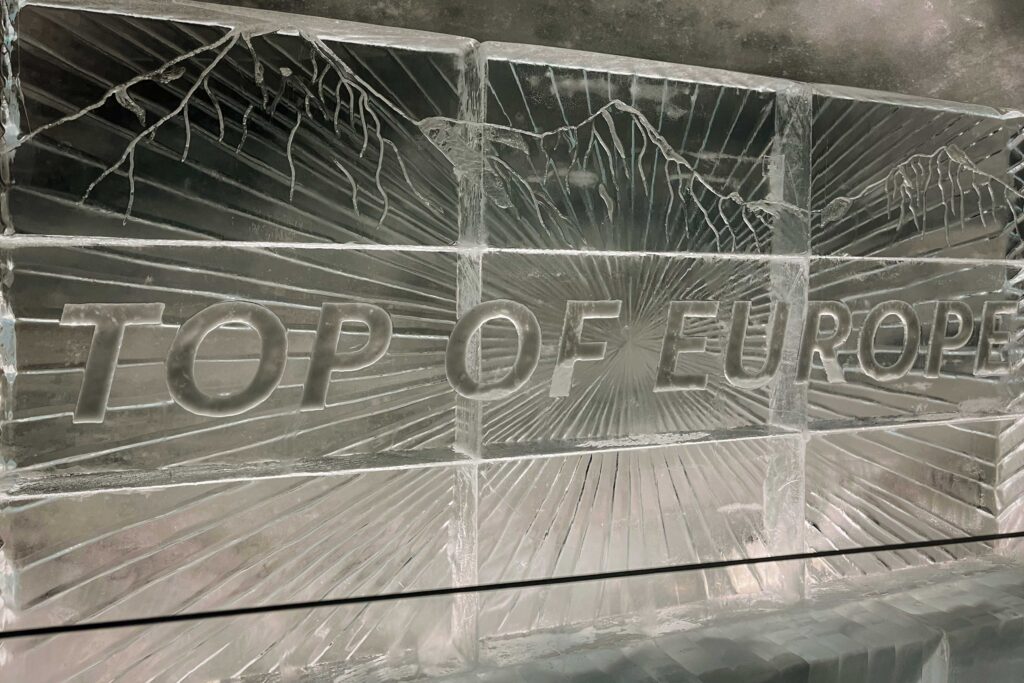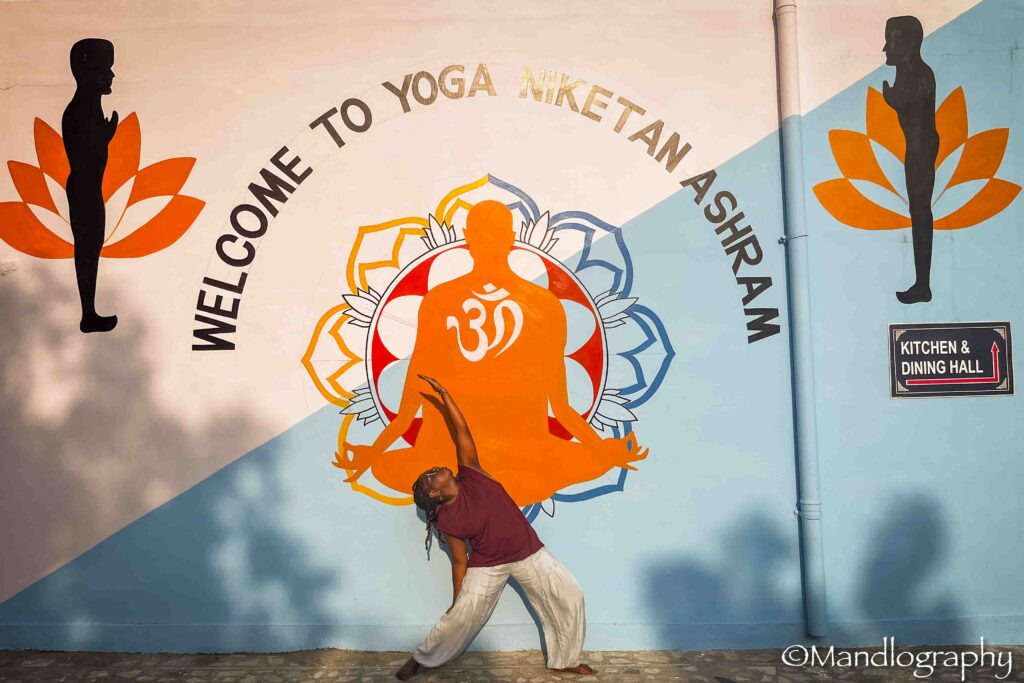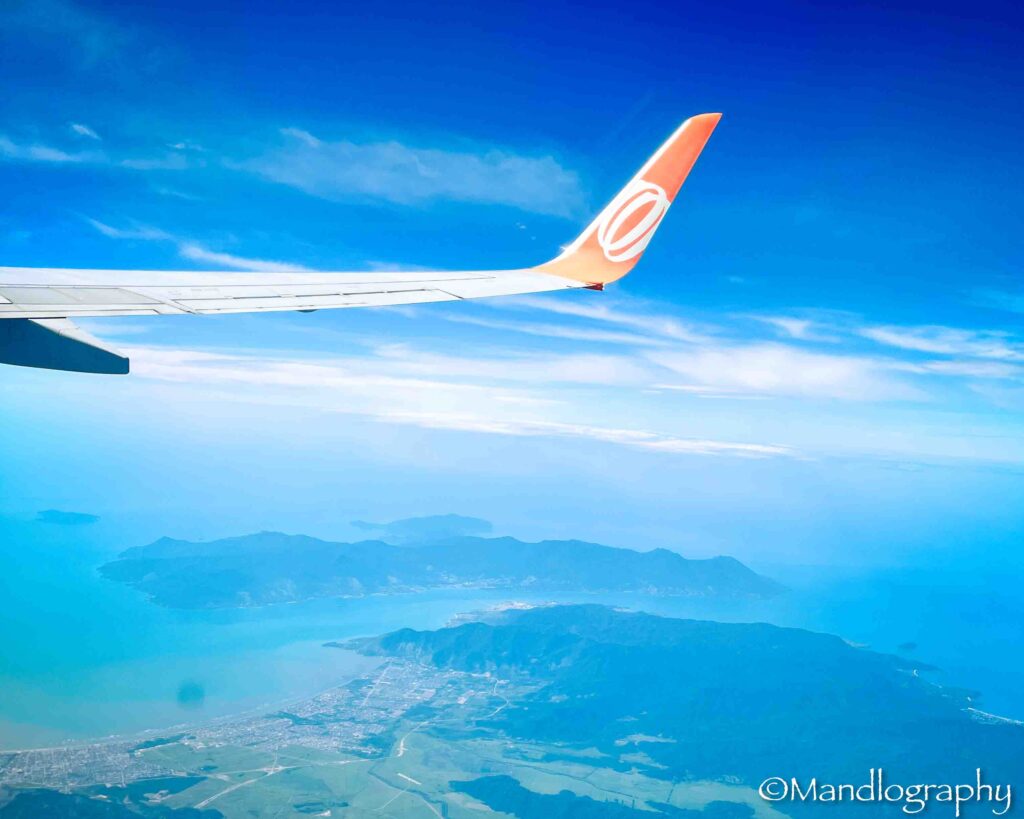Croatia
Croatia is on the coastline of the Adriatic Sea. The country spans over Central and South East Europe.
Capital City:
Zagreb
Currency:
Kuna (soon to be Euros)
Total population:
3.9 million (2021)
Language(s) spoken:
Croatian
Cultural dos:
Croatians tend to be proud of their culture and country; thus, complaints or critiques should be presented in the form of a suggestion. Feel free to talk about politics
Cultural don’ts:
Do not refer to a Croatian as ‘Yugoslavian’. As a nation, Croatia endured many difficulties in asserting their identity as independent from surrounding countries and cultures
Continent:
Europe
Three foods you need to try in this country:
- Crni rižot (black risotto made with cuttlefish or squid, olive oil, garlic, red wine and squid ink, which gives an intense seafood flavour and black colour)
- Pršut i sir (ham and cheese boards various between Istria and Dalmatia)
Peka (a blend of vegetables and meat/seafood drizzled with olive oil, sprinkled with herbs, and then baked to perfection under a bell-like dome, or ispod čripnje)
Bonus
- Truffle (Cheaper than in Italy and stronger in flavour)
- Rakija ( a distilled spirit made from fruit such as plum, figs or sour cherries)
- Fritule (donut-like fried pastries with egg yolks, raisins, grated lemon or orange rinds, and even rakija or rum)
What the country is known for :
- Filming location for Games of Thrones
- Amazing Beaches along the Adriatic Sea (mostly pebble though, so just check)
- Lots of wine- many wine trails on the islands of Dalmatia
- Dubrovnik, Split, Zagreb, Zadar, Hvar
- National Parks Plitvice, Krka and Mljet
- Seafood galore (fresh and beautifully cooked)
- Lavendar Fields
More About Croatia
I visited Croatia in 2022 and had the lovely opportunity to do the scenic drive from Zagreb, in the north, to Dubrovnik, in the south. The appeal for visiting the country came from hearing a friend give nothing but praise about the country, after each of his visits. As a nature lover, he went on and on about how gorgeous and accessible the country was, and I was keen to experience this for myself.
In Croatia, there are places where one may be hard-pressed to find locals that speak any English, but because the locals are generally friendly and have a desire to help, this will not take away too much from the trip. My visit was in the winter, and I would not recommend this time of the year, if the national parks or reserves are your draw to the country, as these may be closed off-season. A number of other businesses that mainly cater to the tourism market during the peak season, including some restaurants, may be closed in the winter as well. The natural offerings include hills, beaches, rivers, lakes and some leafy forests. To reflect the diversity of the weather across the country, on the drive from north to south, there was snow near Plitviče Lakes National Park, and then it was completely sunny in Zadar, right down to Dubrovnik.
The country has an interesting history as part of the former Ottoman empire and then experiencing shifts and changes in borderlines as part of Yugoslavia from 1918 right until it gained independence as the Republic of Croatia in 1991. As a result, one may find older Croatians have had more than seven national identity cards due to the changes over the last century. Some locals confirmed that there are some tensions that still exist with some of the citizens of neighbouring countries that were also part of the former Yugoslavia due to the battles and wars that ensued in the past. Different parts of the country had multiple forts or old towns, and walking tours with locals can provide more background around teaching cities significance during the wars.
Coming from the UK/New Zealand, travelling around Croatia was quite inexpensive. Food and accommodation were very affordable. What I had not realised was that Croatia actually have their own wine regions, and I was very drawn to those the flavours of the whites from the Dalmatia region. Also, I discovered here that some people have their white wine with soda water. Croatians also have very reasonably priced truffle, which is stronger in taste than that of its Italian neighbours. However, this has not been marketed as much as that of their neighbour’s. The food offerings are quite creative and flavours subtle, with the use of a lot of fresh ingredients as well as various fermentation options for vegetables, which I thoroughly enjoyed. If I were to describe Croatian food, I would say it is very Mediterranean with strong Italian influences.
Croatia has over 1000 islands on the Adriatic Sea, each offering a different landscape and, if inhabited – a unique culture based on the landmass close by. As the water from the Adriatic Sea is generally warm and very clear, it offers amazing snorkelling opportunities.give
| English | Croatian |
| Hello | Zdravo |
| Goodbye | Dovidenja |
| Please | Molim |
| Thank you | Hvala vam |
| How much? | Koliko |
| Do you speak English? | GovoriŠ li engleski? |
| Where is the toilet? | Gdje je zahod? |
| May I please have some water? | Mogu li dobiti malo vode? |
| May I please have some food? | Mogu li dobiti nešto hrane? |
| Where can I get a taxi? | Gdje mogu dobiti taksi? |
Places visited
Destination Gallery
NEWS & UPDATES
Travel Blog

A Guide to an Unforgettable Swiss Adventure in Jungfrau
I’m sure you have heard about the breath taking beauty of the Swiss landscapes. To view one of the most iconic of these, take a train down to the Bernese Alps where you will find

Living in an ashram in India
I will preface this post by sharing that since this experience I have become better at reviewing the details of tours and activities in advance… I arrived to the bustling streets of Bangalore after a

The art of travel planning: An 8-step guide
You have just confirmed your next trip destination and blissfully highlighted your trip dates in the calendar. Now all the fun begins as you prepare for the trip. The reality sets in, although you want

